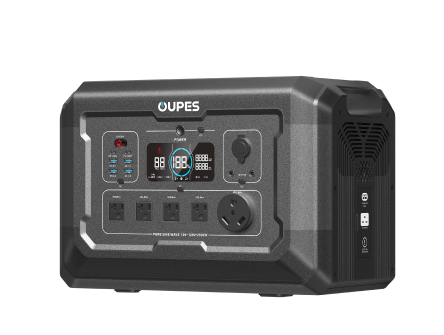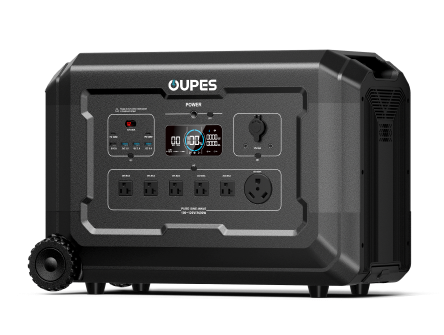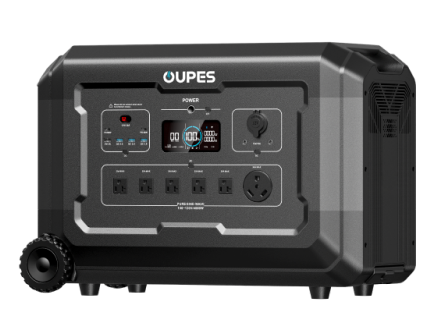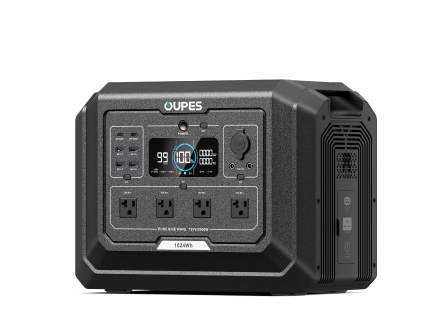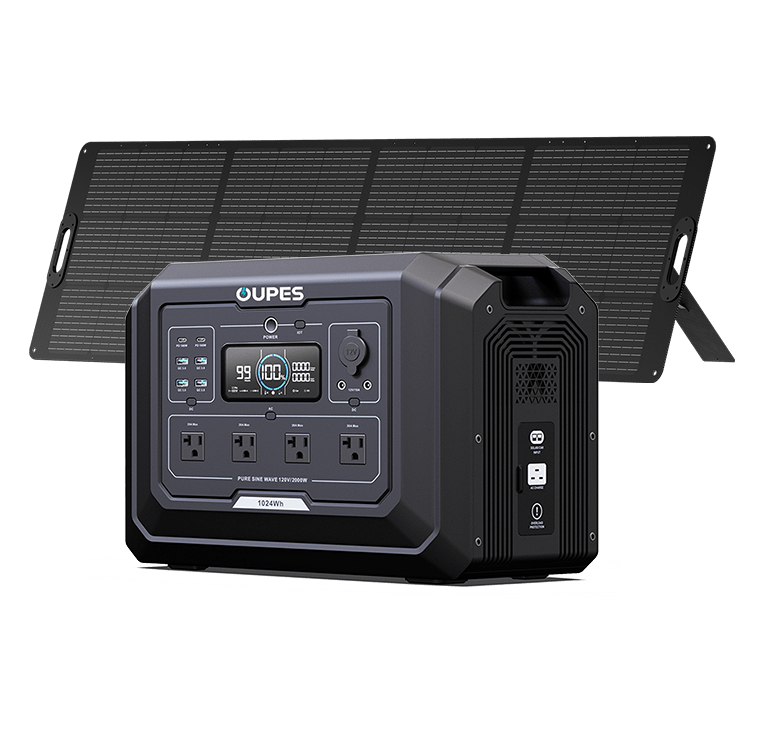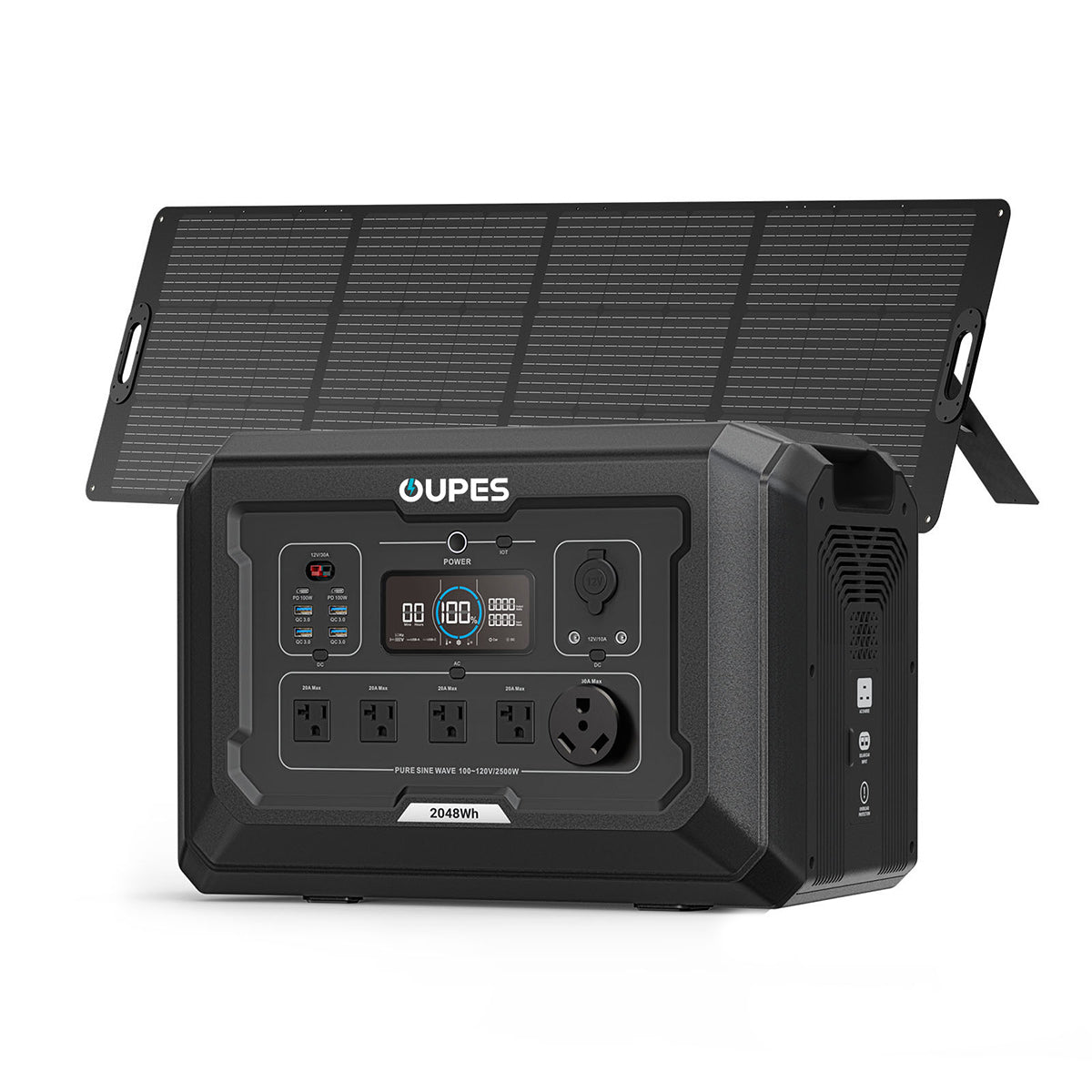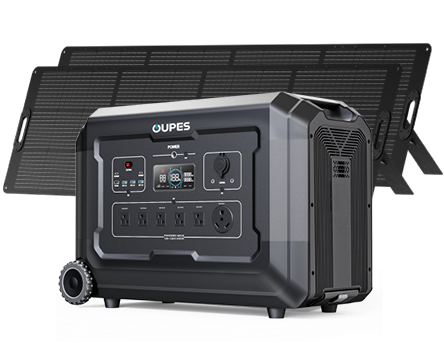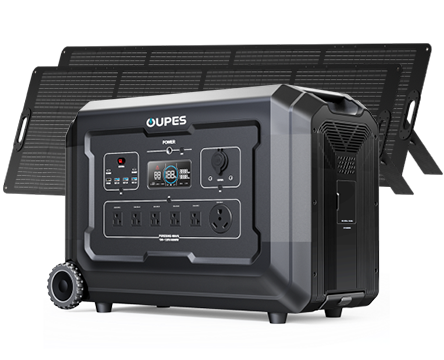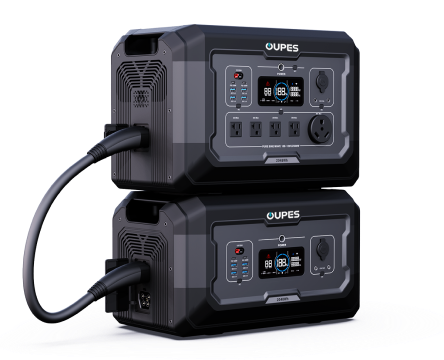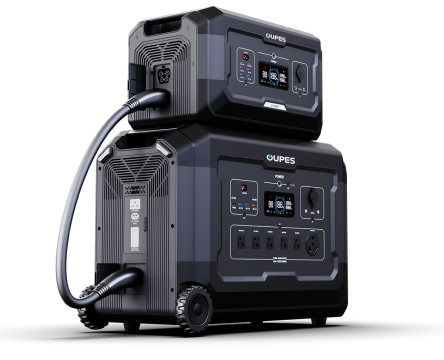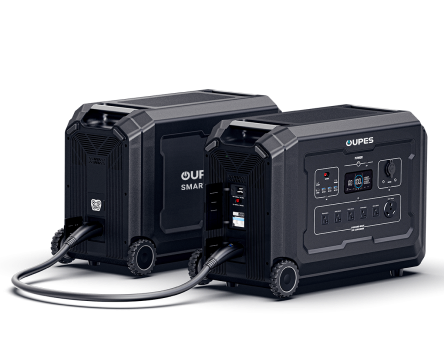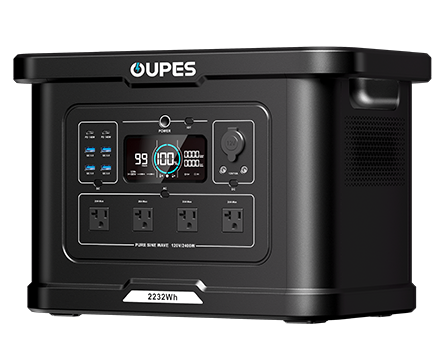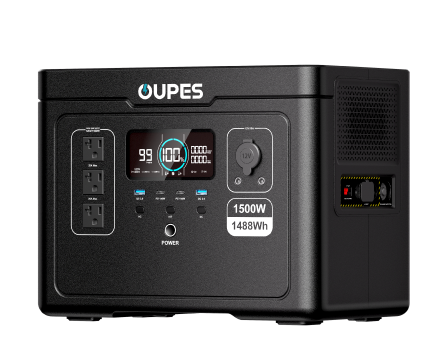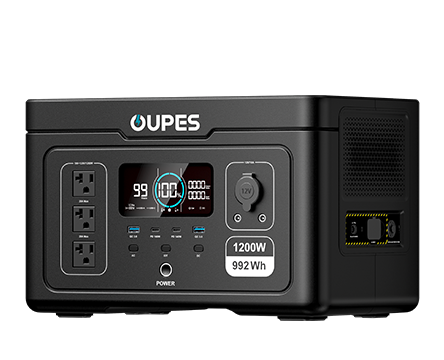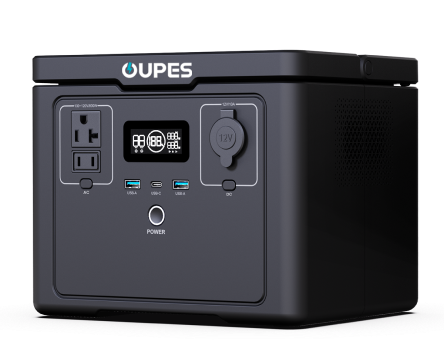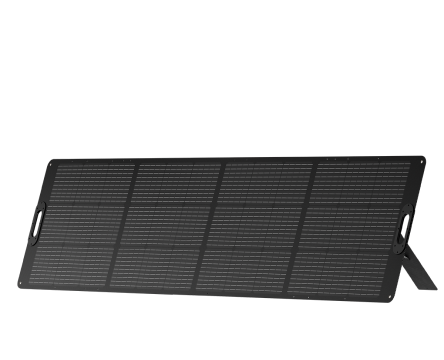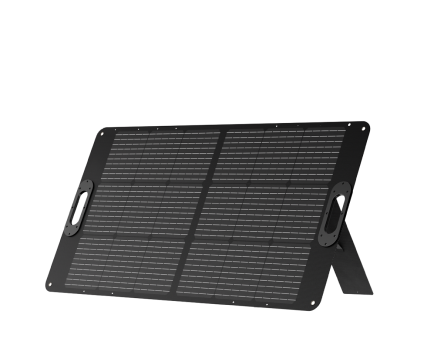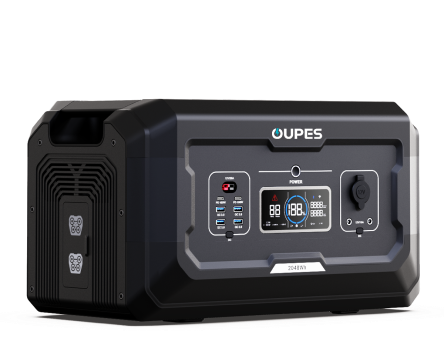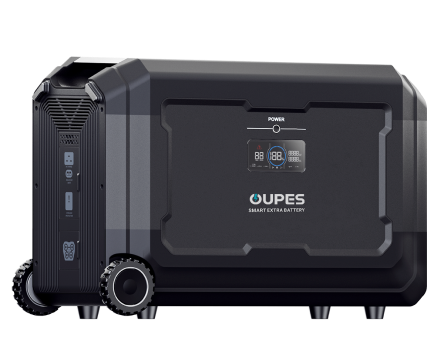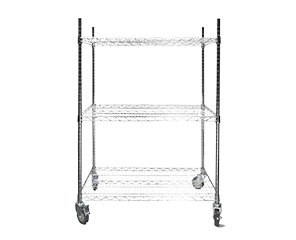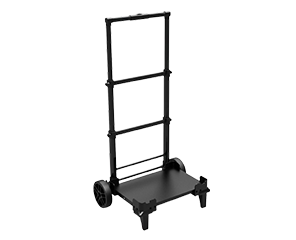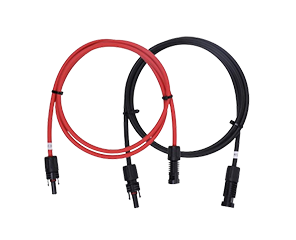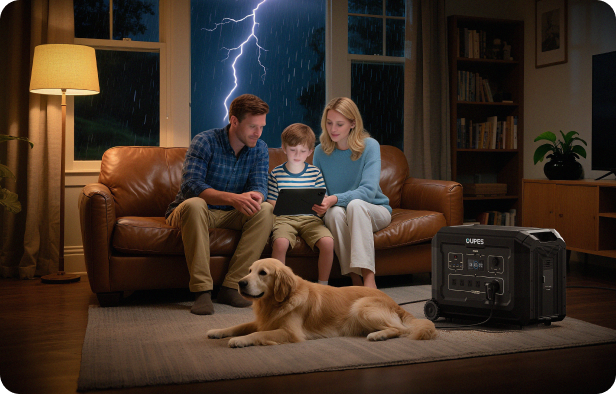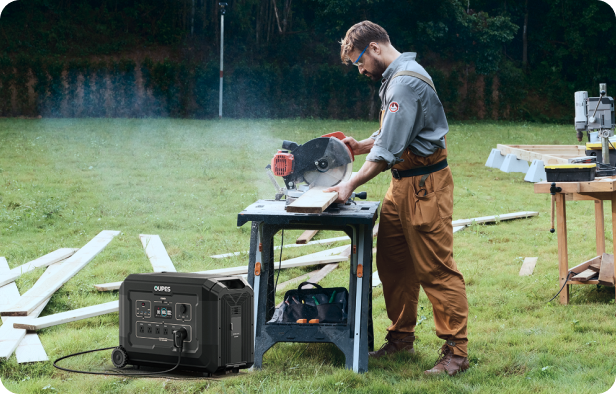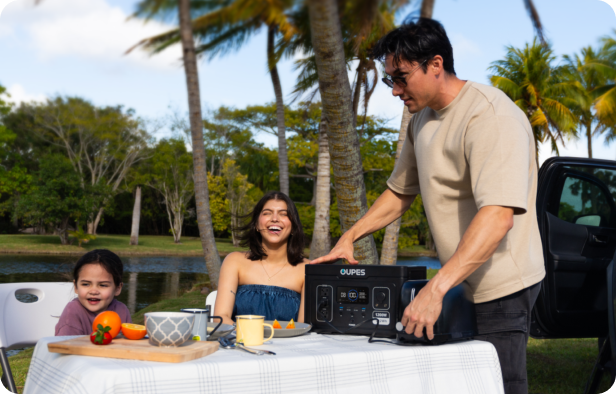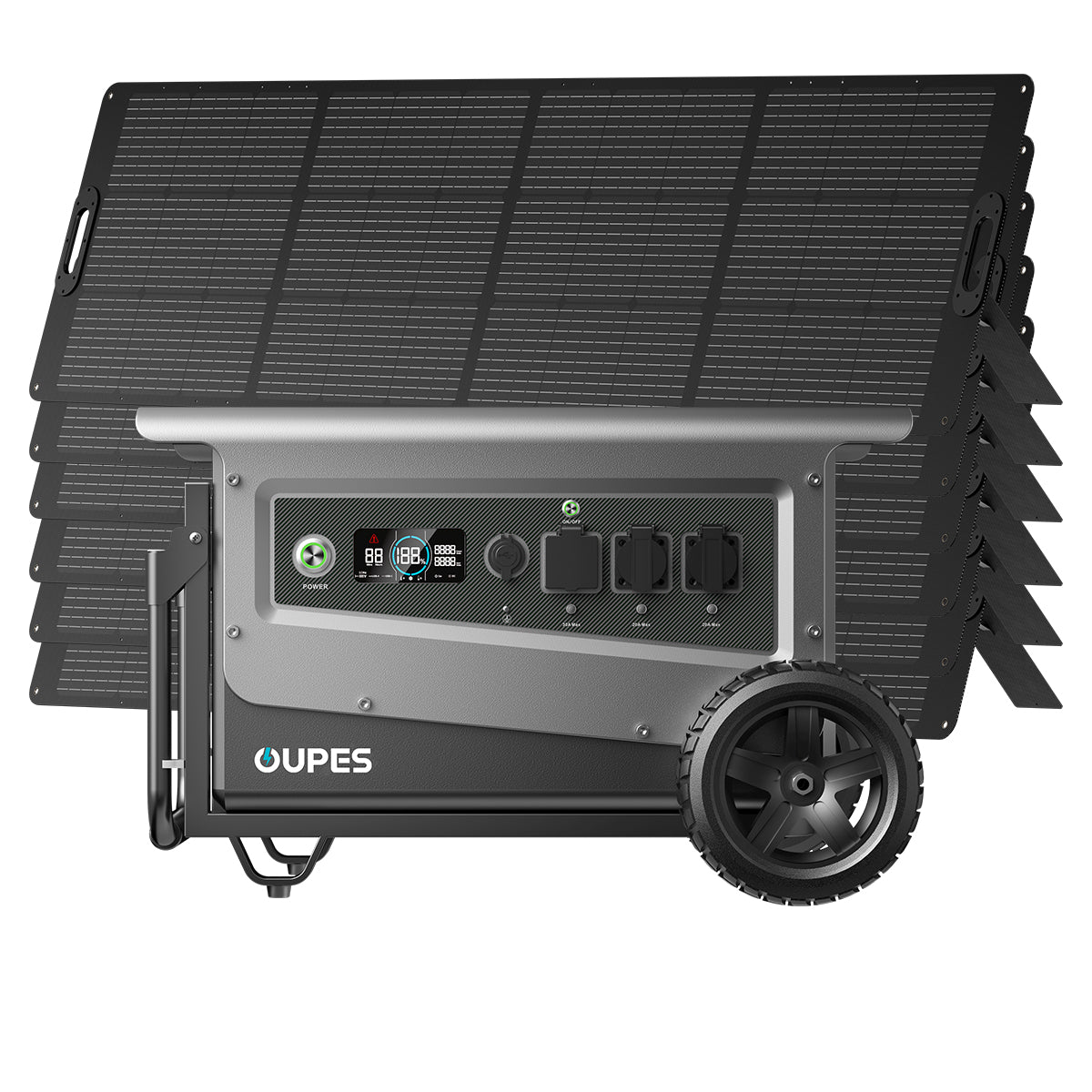
Harnessing the power of the sun through a solar generator is an excellent way to achieve energy independence, whether for outdoor adventures, emergency backup, or off-grid living. However, one critical question arises: How many solar panels do you need to efficiently charge your solar generator? The answer depends on various factors, including power consumption, solar panel efficiency, and sunlight availability. In this guide, we’ll explore the key considerations that determine the number of solar panels required for an optimal solar generator setup.
Understanding Solar Generator Power Requirements
Before determining how many solar panels you need, it is essential to understand the power requirements of your solar generator. Each solar generator has a specific battery capacity, usually measured in watt-hours (Wh), which indicates the total amount of energy it can store. For instance, an OUPES solar generator with a 1000Wh capacity can power a 100W device for approximately 10 hours.
To estimate your energy needs, calculate the total power consumption of the devices you plan to run on the generator. Add up the wattage of all appliances and multiply it by the expected hours of usage. This calculation will give you a rough estimate of the required battery capacity and, consequently, the solar panel wattage needed for efficient charging.
Factors Influencing Solar Panel Requirements
Several factors affect the number of solar panels needed to charge a solar generator efficiently. These factors include:
- Solar Panel Wattage: The power output of each solar panel, usually measured in watts (W), determines how quickly it can charge the generator. Higher-wattage panels generate more electricity in less time.
- Sunlight Availability: Geographic location, time of year, and weather conditions influence the amount of sunlight your panels receive. Regions with more direct sunlight require fewer panels to achieve the same energy output.
- Charging Efficiency: Some energy is lost during conversion and storage. Using an OUPES solar generator with an advanced MPPT (Maximum Power Point Tracking) controller can significantly enhance charging efficiency.
- Daily Energy Consumption: The more energy you use, the more solar panels you’ll need to replenish the generator’s battery daily.
Considering these factors ensures that you select the right number of panels to maintain a consistent and reliable power supply.
Calculating the Number of Solar Panels Needed
To determine how many solar panels you need, follow this simple calculation:
- Identify your solar generator’s battery capacity (Wh).
- Choose the wattage of your solar panels (e.g., 100W, 200W, etc.).
- Estimate the average sunlight hours per day in your location.
- Use the formula: Battery Capacity (Wh) / (Solar Panel Wattage x Sunlight Hours) = Number of Panels Needed.
For example, if you have a 1000Wh OUPES solar generator and use a 200W solar panel in an area with 5 hours of peak sunlight, the calculation would be:
1000Wh / (200W x 5 hours) = 1 panel (approximately)
However, to compensate for energy losses and weather variations, it’s advisable to have an additional panel or higher-wattage options to ensure a consistent charge.
Choosing the Right Solar Panel Configuration
When selecting solar panels for your generator, consider the following configurations:
- Single High-Wattage Panel: A single 300W or 400W panel can efficiently charge mid-sized solar generators without requiring multiple connections.
- Multiple Low-Wattage Panels: Using multiple 100W panels allows for greater flexibility in positioning and scalability.
- Series vs. Parallel Connections: Connecting panels in series increases voltage, which is ideal for MPPT charge controllers, while parallel connections maintain the same voltage but increase current.
OUPES solar generators are designed to be compatible with various panel configurations, allowing users to tailor their setup based on energy needs and space availability.
Conclusion
Determining the number of solar panels needed for your solar generator requires careful consideration of power consumption, panel efficiency, and environmental factors. By understanding your energy needs and selecting the right panel configuration, you can optimize charging efficiency and ensure a reliable power source.
For those seeking a seamless solar power experience, OUPES solar generators offer a perfect blend of capacity, efficiency, and adaptability. Investing in high-quality solar panels and an efficient generator ensures that you can harness the sun’s energy to its fullest potential, whether at home, on the road, or off-grid.

